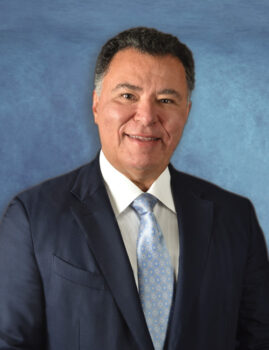While you may recover much faster than you would if you had open spine surgery, you must take the recovery process seriously.
What Is Minimally Invasive Back Surgery?
With new technology and advances in orthopedic surgery, many patients can receive treatment through minimally invasive surgery instead of open surgery. Using small, specialized tools allows surgeons like Dr. Roberts to complete the necessary operation faster and with fewer risks.
This type of surgery uses smaller incisions that cause less harm to the surrounding tissues and muscles. With less of your body affected, you will experience less pain, and the smaller area will heal faster. You also have a reduced risk of infection and less scarring.
The Recovery Process
Depending on your surgery and health, you may be able to go home the day of your procedure or within one or two days. Someone else must drive you home. Once you’re settled, you must rest and take care of your surgical wound. You may need to manage your pain with over-the-counter (OTC) pain medicine. Dr. Roberts may also recommend that you wear a back brace for a certain time to aid your recovery.
Psychical therapy may be another crucial element of your recovery plan. Based on your procedure and what Dr. Roberts prescribes, physical therapists will teach you exercises that strengthen your back and encourage recovery. Most specialists recommend that you avoid twisting movements, long drives and lifting anything.
What Is the Recovery Time for Minimally Invasive Back Surgery?
Your minimally invasive surgery recovery time may take anywhere from three to six months, but healing is an individual process. That estimate depends on the reason you had surgery, your overall health and other factors.
You should restrict your activities for at least six weeks after your surgery. You may be able to return to work within four to six weeks, but it may take longer if your job requires manual labor. Your physical therapy could start a week after surgery and may continue for three months. After that, Dr. Roberts may recommend light exercise to strengthen your back. After three or four months, he may give you the okay to lift heavier loads.
When to Call Your Doctor
You will experience some pain after the surgery, but Dr. Roberts will work with you to establish a pain management plan, including the use of OTC pain medication. It’s normal for your incision to leak a small amount of fluid. We recommend reaching out to our team at the New York Spine Institute if:
- The fluid increases or is excessive.
- You develop a fever.
- The pain gets worse.
- You have trouble breathing.
- You develop a severe headache.
Contact Our Specialists to Learn More About Minimally Invasive Back Surgery
When you choose the New York Spine Institute, our spine specialist, Dr. Timothy T. Roberts, strives to save back surgery as a last resort. He seeks a non-surgical option to treat your condition whenever possible. If you need surgical intervention, however, he will work with you to create a plan specific to your needs. Dr. Roberts has years of experience treating diverse back and spine conditions. If you’re ready to improve your quality of life, reach out to us today for an appointment.




